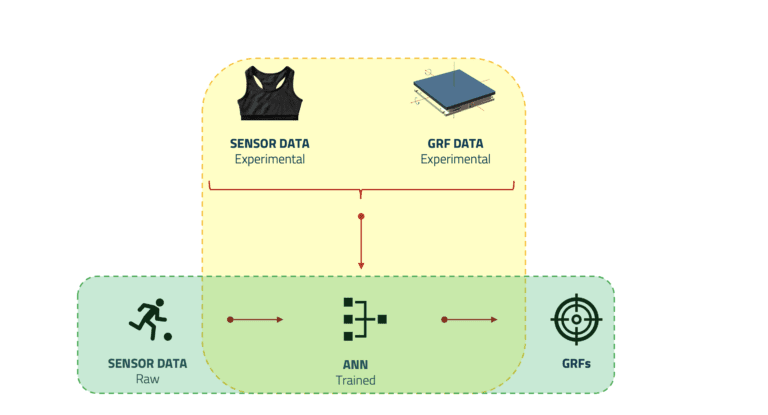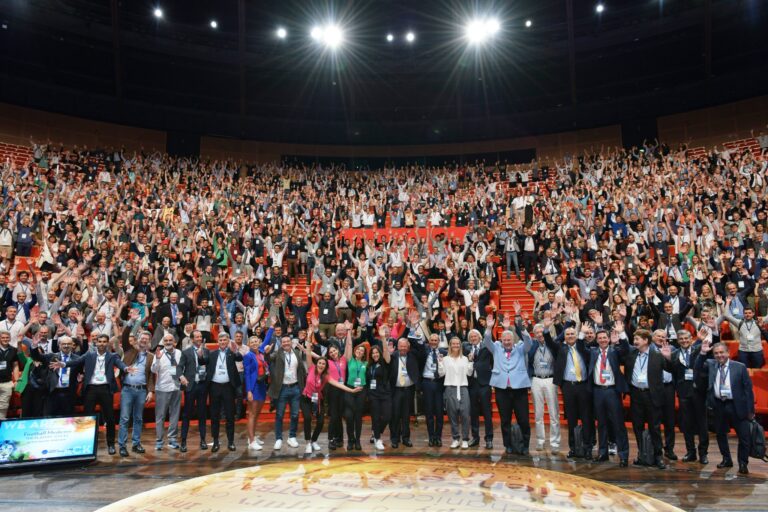
ISOKINETIC 22 Football Medicine Conference Attendance
Ever since its launch, the isokinetic conference has been a key player in sports medicine conferences. This year’s event,The Isokinetic Conference – Football Medicine Strategies, was the place to be for sports medicine experts and practitioners. Since EVO is passionate about building stronger and healthier athletes, we could not have missed the opportunity to showcase our work and further elaborate on that with the world’s most prominent scientists. Last Saturday, we presented two different studies done by our team, which were pivotal in the creation of our Software-as-a-Service, artemYs.
Research #1
The biceps femoris muscle is often damaged in athletes and can be a cause for concern in common sports injuries. In general, soft tissues are well known for their high level of elasticity, a characteristic that is studied by means of the hyperelastic materials. These materials are used in developing mathematical models with which it is possible to estimate the maximum tension to which a certain muscle can resist without any injury. This procedure was used in tests designed to improve the diagnosis and treatment of injuries, particularly hamstring strain injuries (HIS), which torture many athletes of different sports. So, the aim of this research was to investigate the biomechanical behavior of biceps femoris during sprinting exercises and included the purpose of developing a valid material model of the muscle.It is well-known that muscle tissue is anisotropic. Interestingly, the differences in mechanics between muscle fibers and epimysium have a real impact on the performance of the extended creep region during tensile loading and unloading of skeletal muscles. This study shows that a large fraction of creep plateau can be explained by the presence of soft collagenous secondary epimysium tissue. Its results bear implication for computational models of muscular tissues with high strain rate or impact loading and direct observation of strain-stress relationship, with stress applied at multiple constructs in muscles to characterize mechanical properties within an individual muscle as well as across different ages.
Research #2
For the purpose of building injury-tolerant athletes and identifying at-risk patterns in sports training, it is essential to determine which factors are responsible for specific interactions between movement and its Ground Reaction Forces (GRFs). Hitherto, the amount of information available for individualized prediction of these 3D GRFs sampled from typical load carriage conditions has been limited while the golden standard to accurately measure them relies on the force plates. Yet, the latter are expensive and cumbersome, hence impractical to use in the real field.On the other hand, wearable technology is currently manipulated by almost all the professional athletes, providing data to use effortlessly. Given that, we researched for the potential to predict the GRFs through tracking vests, without making use of the force plates.In a gait analysis lab, we collected data by recording a professional athlete performing football-specific maneuvers, while wearing a tracking vest. By using input parameters derived from accelerometer, gyroscope and GPS measurements, we trained, optimized and validated an ANN with remarkable accuracy!
In this way, we demonstrated the effectiveness of ANN modeling for estimating the GRFs in the real field. The model has great potential to assist coaches and athletes in their performance of mild-to-moderate intensity functional rehabilitation training and conditioning activities in the field setting.

Both researches reflect EVO’s devotion in sports advancement, which led our team to develop an AI-powered BioEngineering tool for personalized athlete performance monitoring and structural analysis of the myoskeletal system; artemYs.

Until the next conference, stay connected with us through LinkedIn and Twitter for more to come!
